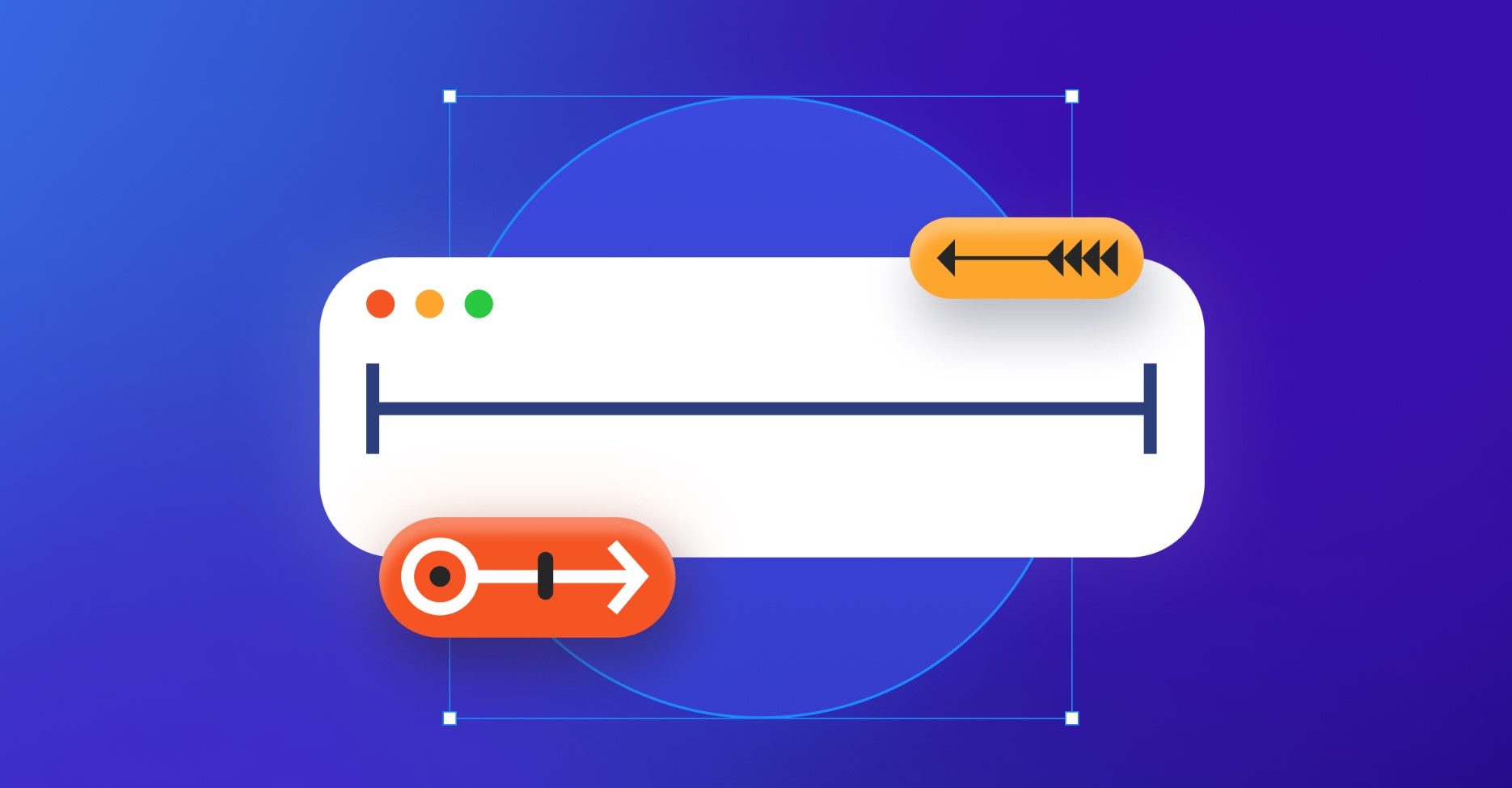The Essential Elements of a Good Header Design

Where attention spans are shrinking and information overload is a constant challenge, having a well-designed header is crucial for any website. A good header design not only grabs the user’s attention but also sets the tone for the entire website. It serves as the gateway to the content, providing vital navigation and branding elements. We will explore the essential elements of a good header design and discuss how each element contributes to an optimized user experience.
The Importance of a Well-Designed Header
A website’s header is the first thing users see when they land on a page. It acts as a visual anchor, providing essential information and guiding users through the site. A well-designed header can make a lasting impression, increase engagement, and encourage users to explore further. It serves as a branding tool, representing the identity of the website and establishing a sense of trust and credibility. Therefore, it is crucial to understand the key elements that contribute to an effective header design.
Elements of a Header Design
1. Clear and Concise Logo Placement
The logo is a fundamental element of a website’s header. It serves as a visual representation of the brand and helps users identify and remember the website. Placing the logo prominently in the header ensures that it is easily visible and recognizable. The size and position of the logo should be carefully considered to strike a balance between visibility and not overpowering the other header elements.
2. Intuitive Navigation Menu
A well-designed navigation menu is essential for guiding users through a website. It should be clear, concise, and easy to understand. The menu items should be logically organized, using descriptive labels that accurately represent the content they link to. Additionally, incorporating dropdown menus or mega-menus can provide a hierarchical structure, allowing users to navigate deeper into the site without feeling overwhelmed.
3. Contact Information and Call-to-Action
Including contact information and a prominent call-to-action (CTA) in the header is a great way to enhance user experience and encourage interaction. Contact information such as a phone number or email address allows users to easily get in touch with the website owner or support team. A strategically placed CTA, such as a “Sign Up” or “Get Started” button, can drive conversions and direct users to take specific actions.
4. Responsive Design for Mobile Compatibility
With the increasing use of mobile devices, it is crucial to ensure that the header design is responsive and compatible with various screen sizes. A responsive header adjusts seamlessly to different devices, maintaining its functionality and visual appeal. This includes optimizing the logo size, navigation menu, and other header elements to provide a smooth and user-friendly experience across all devices.
5. Consistent Branding and Visual Hierarchy
A cohesive visual identity is essential for effective branding. The header design should align with the overall brand aesthetic, incorporating consistent colors, fonts, and imagery. Establishing a visual hierarchy within the header helps users quickly identify the most important elements. This can be achieved through the strategic use of size, color, and typography to guide the user’s attention to key information.
6. Search Functionality
Including a search bar in the header provides users with a quick and convenient way to find specific content on the website. The search bar should be easily accessible and prominently displayed, allowing users to perform searches without any hassle. Implementing auto-suggestions and advanced search features can further enhance the search functionality and improve the overall user experience.
7. Social Media Integration
Social media integration is a crucial element of a good header design. It allows websites to connect and engage with their audience on popular social media platforms. Here are some key points to consider when integrating social media into the header design:
- Social Media Icons: Include easily recognizable social media icons in the header. These icons should link to your official social media accounts, such as Facebook, Twitter, Instagram, LinkedIn, and YouTube. Placing the icons prominently ensures that users can easily find and access your social media profiles.
- Placement: Decide where to position the social media icons in the header. Typically, they are placed either on the top right or top left corner. Consider the overall design and ensure that the icons don’t overpower other important elements in the header.
- Design Consistency: Maintain visual consistency by using icons that align with your brand’s style and color palette. Consistent branding across your website and social media platforms helps reinforce brand identity and recognition.
- Follow and Share Buttons: In addition to social media icons, consider incorporating “Follow” and “Share” buttons in the header. The “Follow” button allows users to easily follow your social media accounts directly from your website. The “Share” button enables users to share your content on their own social media profiles, expanding your reach and increasing engagement.
- Social Media Feeds: Depending on your website’s purpose, you may choose to display live social media feeds in the header. This can be particularly effective for news websites, blogs, or businesses that frequently post updates on social media. It provides a dynamic element to the header and encourages users to engage with your social media content.
- Social Media Integration Tools: Consider using social media integration tools or plugins to simplify the process. These tools often provide customizable options, allowing you to easily add social media icons, feeds, and sharing buttons to your header without extensive coding.
- Mobile Responsiveness: Ensure that your social media integration is mobile-friendly. The icons and buttons should be appropriately sized and easily clickable on mobile devices. Responsive design ensures a seamless user experience across different screen sizes.
- Privacy Considerations: Respect user privacy by being transparent about how their data is used when they interact with social media integration elements. Provide a clear privacy policy that outlines how you handle user information and adhere to relevant regulations, such as GDPR or CCPA.
8. Minimalistic Design and Negative Space
A cluttered and overcrowded header can overwhelm users and distract them from the main content. A good header design embraces minimalism and utilizes negative space effectively. By keeping the design clean, uncluttered, and focused on the essential elements, users can navigate the website with ease and without any distractions.
9. Accessibility Considerations
Inclusive design is crucial for ensuring that all users, including those with disabilities, can access and navigate the website effectively. When designing the header, it is important to consider accessibility guidelines such as providing alt text for images, using clear and legible fonts, and ensuring proper color contrast. This ensures that the header is accessible to a wide range of users, improving usability and user satisfaction.
10. Loading Speed Optimization
A slow-loading header can frustrate users and lead to high bounce rates. It is essential to optimize the header design for fast loading times. This includes optimizing image sizes, minimizing the use of scripts and plugins, and employing caching techniques. By reducing the header’s loading time, users can quickly access the content they are interested in, improving overall user experience and engagement.
